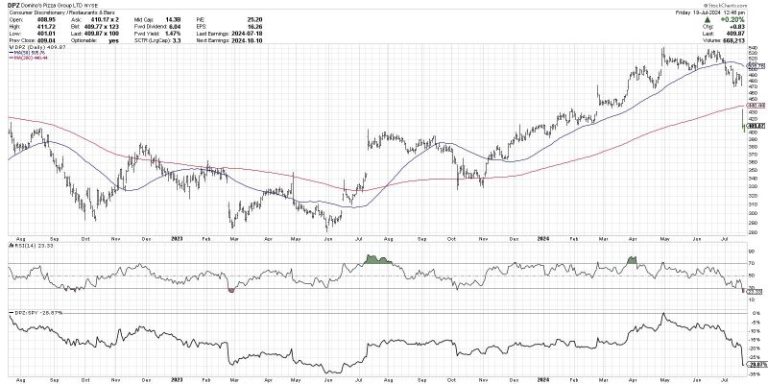Throughout history, the financial markets have been subject to various cycles, characterized by peaks and troughs. One crucial point in any market cycle is the market top, which is considered an important indicator for investors and traders. But what exactly does a market top look like? Let’s delve deeper into this concept.
1. **Increased Volatility:** One of the key signs that a market top is approaching is increased volatility in asset prices. This heightened volatility can be seen through sharp price swings and erratic movements in the market. Traders and investors often become nervous during this period as uncertainty rises.
2. **Overbought Conditions:** Another common characteristic of a market top is overbought conditions. This means that the market may have experienced a prolonged period of strong buying activity, leading to overvaluation of assets. Overbought conditions signal that a reversal or correction may be imminent.
3. **Declining Volume:** As a market reaches its peak, trading volumes may start to decline. This could be an indication that fewer market participants are actively buying or selling, suggesting a potential lack of interest in the current prices. Lower trading volume at a market top might signal a shift in sentiment among investors.
4. **Market Sentiment:** Market sentiment plays a vital role in identifying a market top. As euphoria and optimism reach extreme levels, it could indicate that the market is overheated and due for a correction. Contrarian investors often look for signs of excessive bullish sentiment as a signal that a market top may be near.
5. **Divergence in Indicators:** Another important factor to consider is the divergence in technical indicators. When key indicators, such as moving averages or relative strength index (RSI), diverge from price movements, it could signal that the market is reaching a top. These divergences may indicate weakening momentum or underlying market conditions.
6. **Fundamental Factors:** Paying attention to fundamental factors is crucial in identifying a market top. Factors such as high valuation multiples, economic indicators showing signs of weakness, or geopolitical events can provide valuable insights into the health of the market. Monitoring these fundamentals can help investors gauge whether a market top is approaching.
In conclusion, understanding what a market top looks like is essential for investors and traders to navigate the financial markets effectively. By recognizing the signs of a market top, individuals can make informed decisions about their investments and protect their capital during periods of heightened risk. Being mindful of increased volatility, overbought conditions, declining volume, market sentiment, divergence in indicators, and fundamental factors can assist in identifying potential market tops and preparing for potential market corrections.



